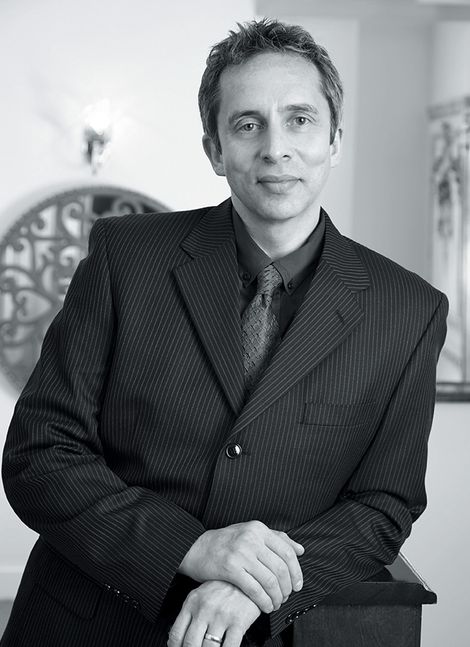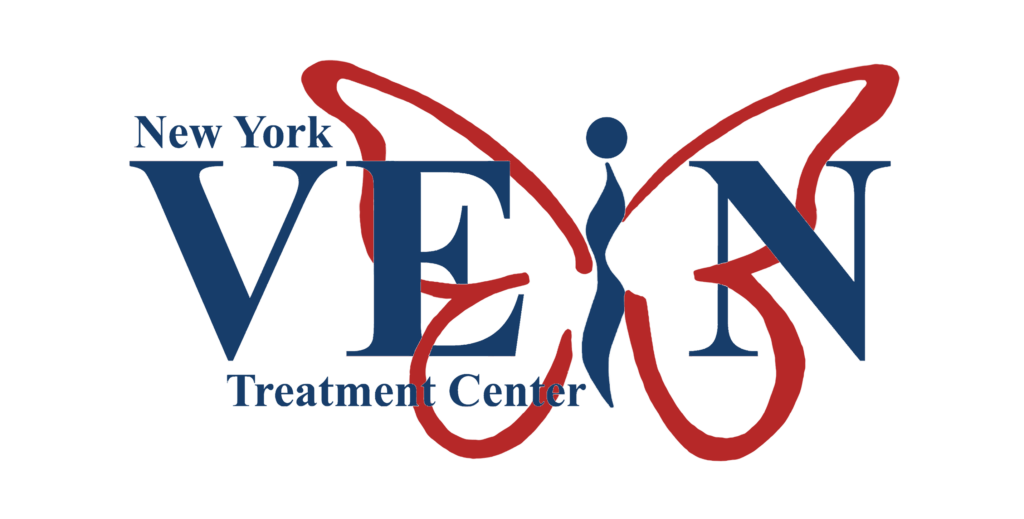It is estimated that nearly thirty million men and women in the United States have vein disease in one form or another, many of them are unaware of. A lot of the time, vein disease is silent or shows up as unsightly spider or varicose veins. Plenty of people with vein disease, however, also suffer from achy, swollen legs that keep them from doing the things they love. If you’re one of these people with persistent leg discomfort, you don’t have to continue to suffer. There are effective and safe treatment options available to you.
A Manhattan patient asks: What causes the vein disease that’s making my legs hurt?
Healthy veins return “used” blood from every part of our body back to the heart. In humans, due to their erect position, the heart is located relatively high, which makes it difficult for veins of our lower extremities to bring the blood back. That is why leg veins are particularly susceptible to being affected by a group of conditions commonly referred to as “venous insufficiency”. Common feature of these diseases is development of the dysfunctional valves inside the affected veins. While healthy valves allow venous blood to go only in one direction, upstream toward the heart, dysfunctional valves let some of this blood go in reversed direction, downstream.
Formation of the spider veins and varicosities is only one of many symptoms of venous insufficiency. Other ones include pains and aches, discomfort, soreness and throbbing, muscle cramps, burning and sometimes coldness, heaviness, tiredness, fatigue, difficulties walking and particularly standing still and often even sitting down for prolonged period, swelling, redness and brown discoloration, formation of non-healing or slowly healing lesions, different types of rashes, itching, dry skin, restless leg syndrome and many others. If left untreated, venous insufficiency unavoidably leads to complications with trophic ulcers, infections, bleeding, swelling and development of blood clots being just some of them.
It is important to seek medical attention early in order to get ahead of the disease and prevent advancement to its next stage and to avoid complications.
In case a life threatening condition isn’t enough of a reason to seek treatment for achy, swollen legs, they shouldn’t keep you from doing the things you love. People with swelling and leg pain are often forced to sit on the sidelines in life and miss out on activities going on around them. They may choose to stay at home instead of going to their grandchild’s music recital. Maybe they can’t stand up long enough to play tennis like they used to without being subject to discomfort. Whatever the reason, swelling and pain in the legs should be looked at by a medical professional.
¬What should I do if I have painful, ¬swollen legs?
The first step to getting treatment is a professional evaluation by a specialized physician. Your NYC vein doctor will thoroughly examine your circulation with no pain and, if needed with special tests, such as duplex ultrasound for example. On early stages, it is not difficult to get rid of varicose veins and relieve your symptoms. As the disease progresses, the treatment becomes more invasive, the symptoms become less reversible and the complications become less preventable.
Dr. Lev Khitin, director of ¬New York Vein Treatment Center, and his dedicated team have all the tools, knowledge and expertise necessary to successfully assess and treat your vascular concerns. We specialize in creating unique care plans tailored to suit your individual needs. Please call our New York City office today at (212) 575-8346 to make an appointment.

Dr. Lev Mark Khitin, a leading cardiovascular and thoracic surgeon, is the founder of the New York Vein Treatment Center. With almost 20 years of experience and over 20,000 successful vein procedures, he is a renowned expert in the diagnosis and treatment of venous disease. Dr. Khitin’s patient-centered approach and advanced surgical skills have consistently delivered excellent results, making him a prominent figure in the field.

